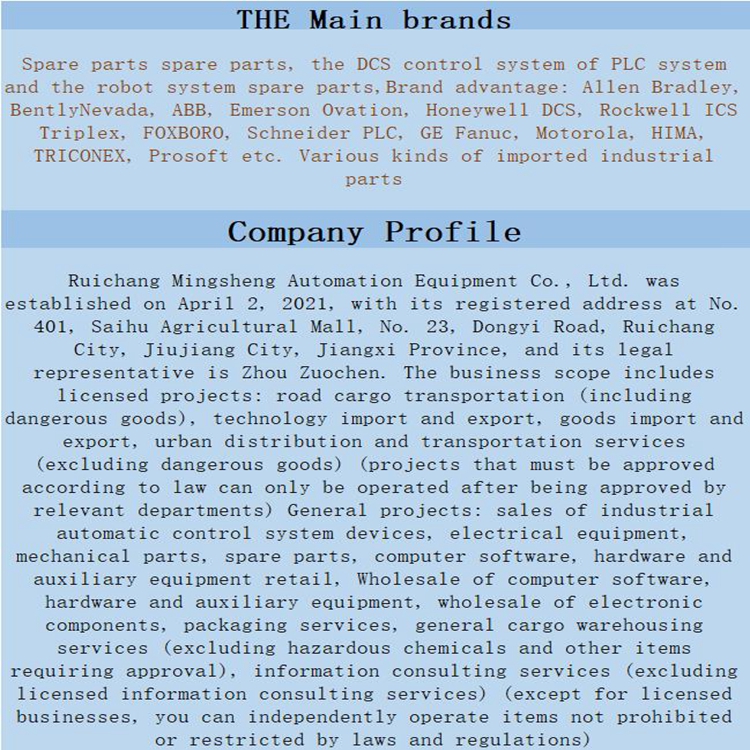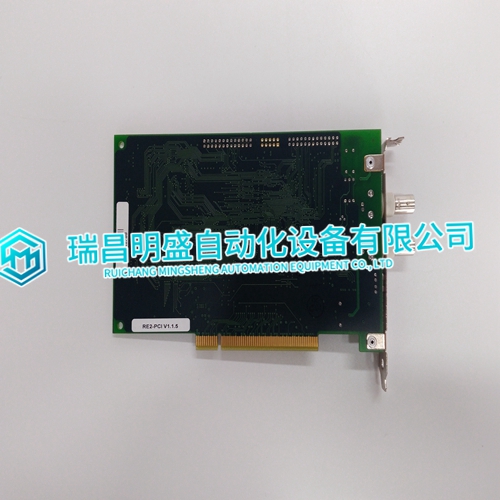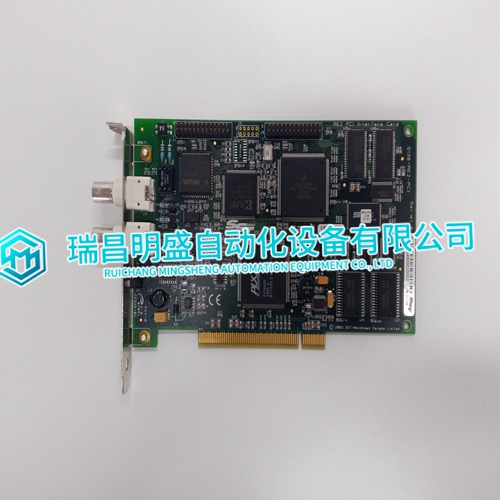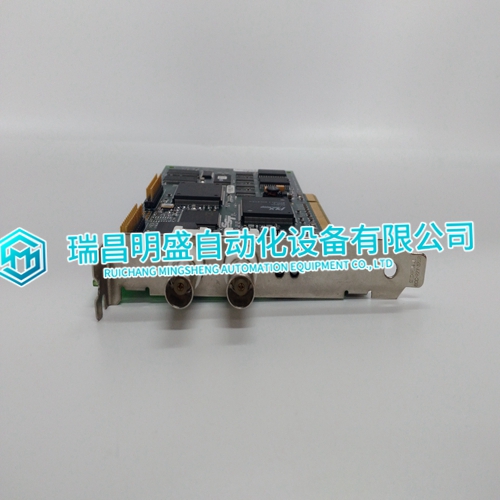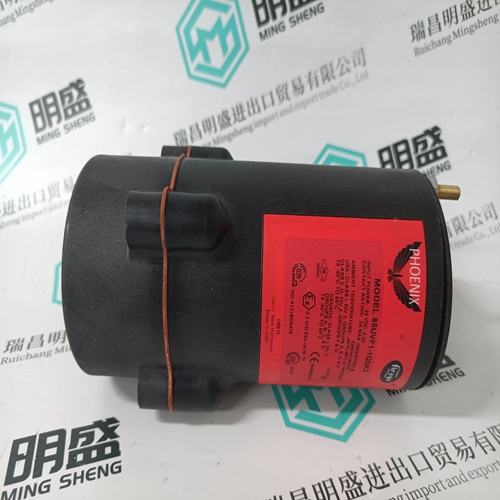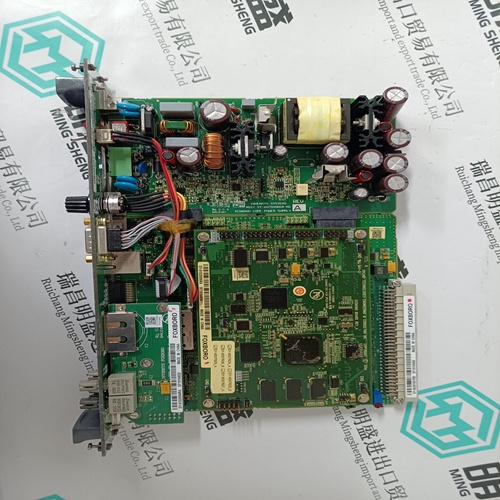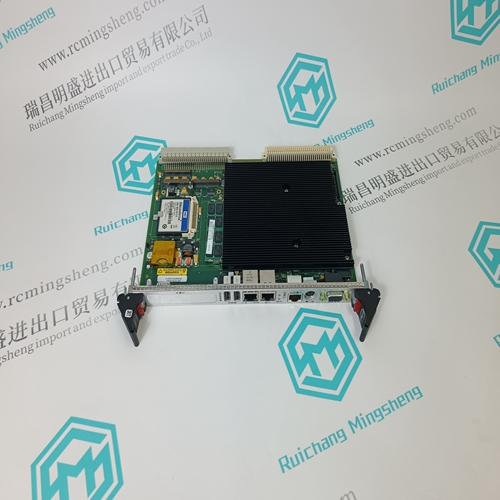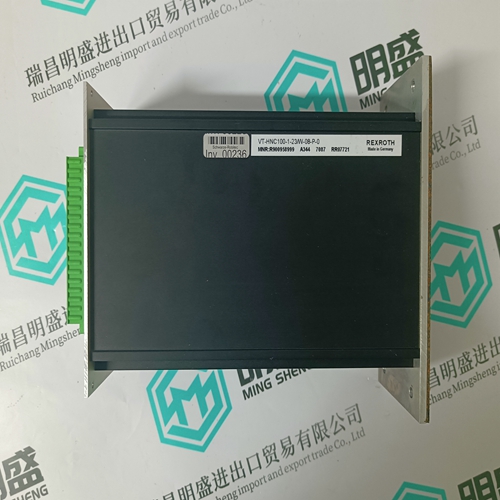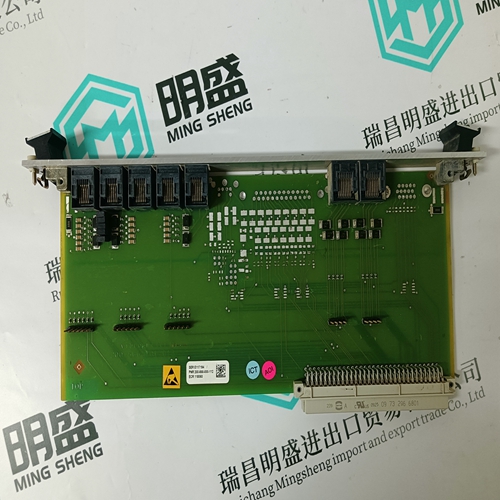Home > Product > PLC programmable module > SST 5136-RE2-PCI Security system module
SST 5136-RE2-PCI Security system module
- Product ID: 5136-RE2-PCI
- Brand: SST
- Place of origin: The United States
- Goods status: new/used
- Delivery date: stock
- The quality assurance period: 365 days
- Phone/WhatsApp/WeChat:+86 15270269218
- Email:stodcdcs@gmail.com
- Tags:SST5136-RE2-PCISecurity system module
- Get the latest price:Click to consult
SST 5136-RE2-PCI Security system module
Cold junction reference is not zero and has bad quality. Unconfigured channel reference error (unused channel not functioning properly). The I/O module and all configured channels will continue to function properly.Remove IMASI13, verify expander bus dip shunt, verify IMASI13 module address is same as FC 215 Spec S1. Insert IMASI13 and verify proper seating. If error recurs, call ABB Automation field service Indicated FC 215 block failed due to an IMASI13 A/D system reference error. Remove IMASI13 and insert. If error recurs, replace the IMASI13.Indicated FC 215 block failed due to a communication error with the IMASI13
Input Channel Status
The ASI module maintains a fixed area in the dual port RAM to store the current value and status of each channel. The controller reads the data and status for each channel individually. To view the status of the IMASI13 module, read block output N+1 of FC 215. Check the input status on each point individually by looking at the corresponding FC 216 output quality.Use any human system interface such as a workstation running Conductor software
Analog Input Module Errors
ASI module errors are reported to the controller through FC 215 for module errors and FC 216 for active input channels. The controller indicates ASI module errors through module status when in the execute mode. Byte one of the module status will indicate an error and byte two of the module status will indicate LIO (local I/O) when there is an ASI error. When specification S4 in FC 215 is set to one, the controller will continue to execute if FC 215 detects an error. A module problem report can be requested in order to get specific information about any ASI module error indicated in module status. When specification S4 in FC 215 is set to zero, the controller enters error mode if FC 215 detects an error. If an error occurs, module status byte one will indicate an error, byte two will indicate LIO, and byte three will indicate the specific error. Refer to Table 6-2. For example, analog input reference error is indicated by a two and missing I/O is indicated by a three in byte three.
